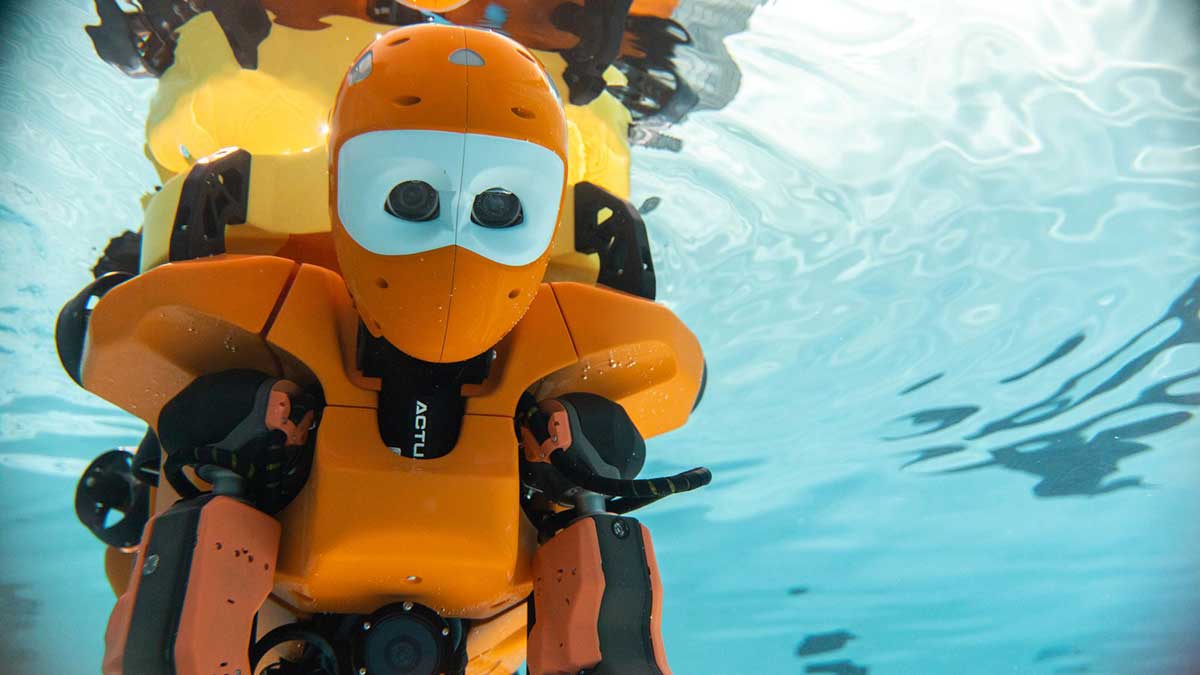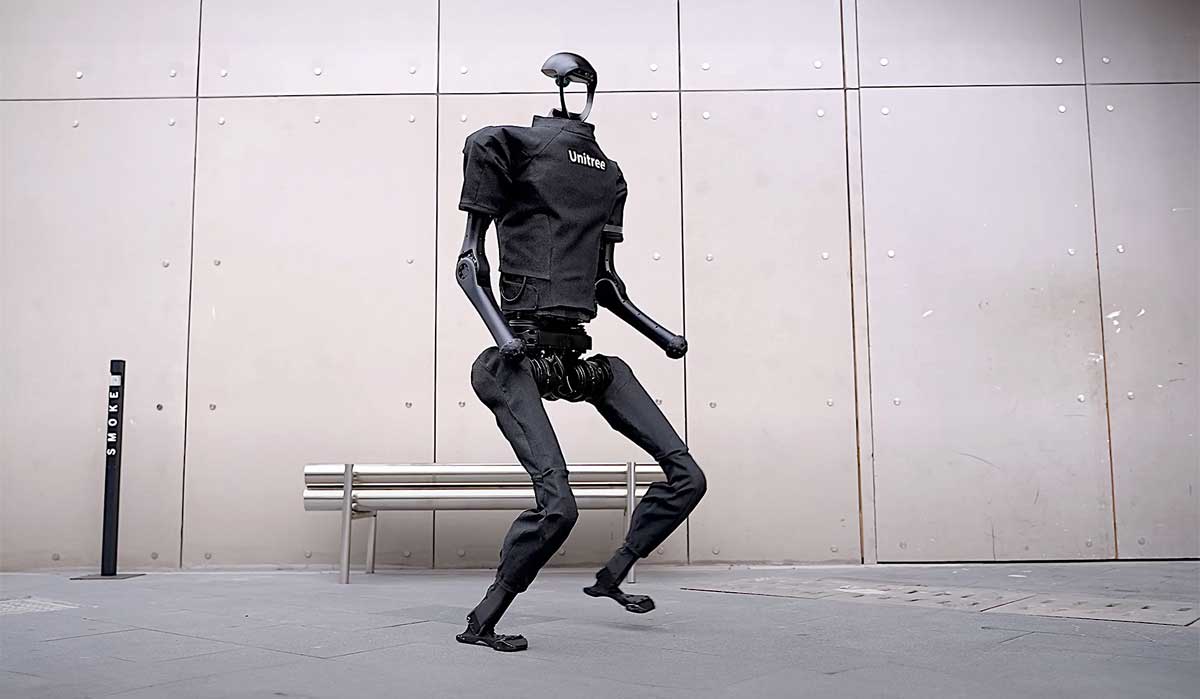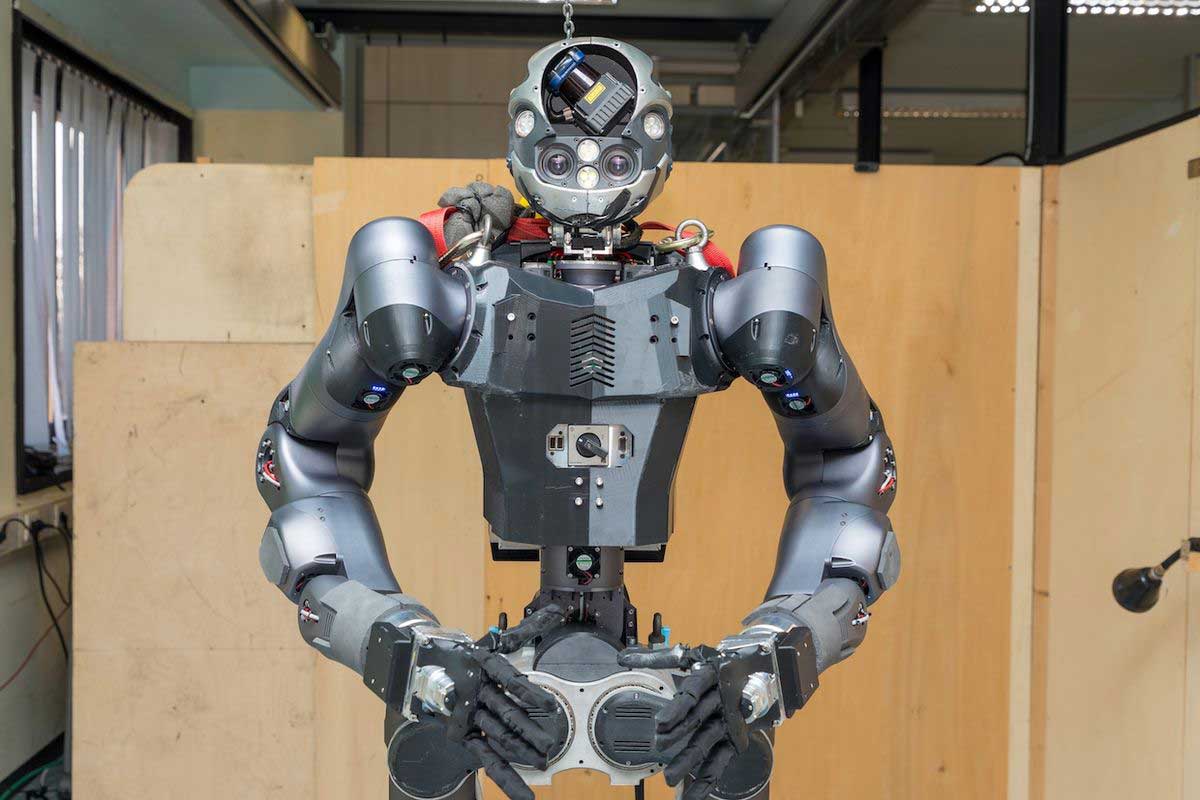Imagine a robot, not unlike ourselves, navigating the ocean depths with human-like hands and arms. This isn’t science fiction; it’s the reality of the OCEANONE humanoid robot, a marvel of engineering pushing the boundaries of underwater exploration. Developed by Stanford University’s Robotics Lab, OCEANONE isn’t just another submersible; it’s a revolutionary tool poised to transform our understanding of the vast oceanic realm.
Standing tall with a humanoid torso and dexterous limbs, OCEANONE departs from the boxy designs of traditional underwater vehicles. Its key strength lies in its bimanual manipulation capabilities. Equipped with five-fingered hands equipped with force sensors, the robot can grasp objects with delicate precision, replicating the agility of human divers. This opens doors to performing complex tasks beyond the reach of conventional robotic arms, such as manipulating delicate marine life, collecting intricate samples, and even assembling underwater structures.
But OCEANONE is more than just nimble hands. Its design integrates these capabilities with advanced navigation and stereoscopic vision. Cameras positioned like human eyes offer depth perception, allowing the robot to navigate complex environments and interact with objects with precision. This synergy between manipulation and perception grants OCEANONE an unprecedented level of dexterity underwater, mimicking the way humans interact with their surroundings.
The applications of such a robot are vast and varied. OCEANONE can operate at depths inaccessible to human divers, venturing into the unknown abyss to gather scientific data and explore uncharted territories. It can assist in search and rescue operations, navigating murky environments and locating victims with its sensitive hands. Furthermore, its delicate touch makes it ideal for archaeological exploration, carefully recovering fragile artifacts from shipwrecks and ancient underwater settlements.
While OCEANONE currently operates as a tethered robot, controlled by human pilots, future iterations aim for autonomy. Imagine a fleet of these robots autonomously surveying vast stretches of the ocean floor, collecting data, and performing tasks with minimal human intervention. This would revolutionize oceanographic research and unlock a new era of underwater exploration.
The OCEANONE project represents a significant leap forward in robotics, blurring the lines between human and machine in the underwater realm. Its success has the potential to not only expand our knowledge of the oceans but also pave the way for a future where robots and humans collaborate seamlessly in diverse environments, both on land and under the sea. As OCEANONE continues to evolve, its impact on underwater exploration and our understanding of the ocean’s secrets is just beginning to unfold.





Leave A Comment